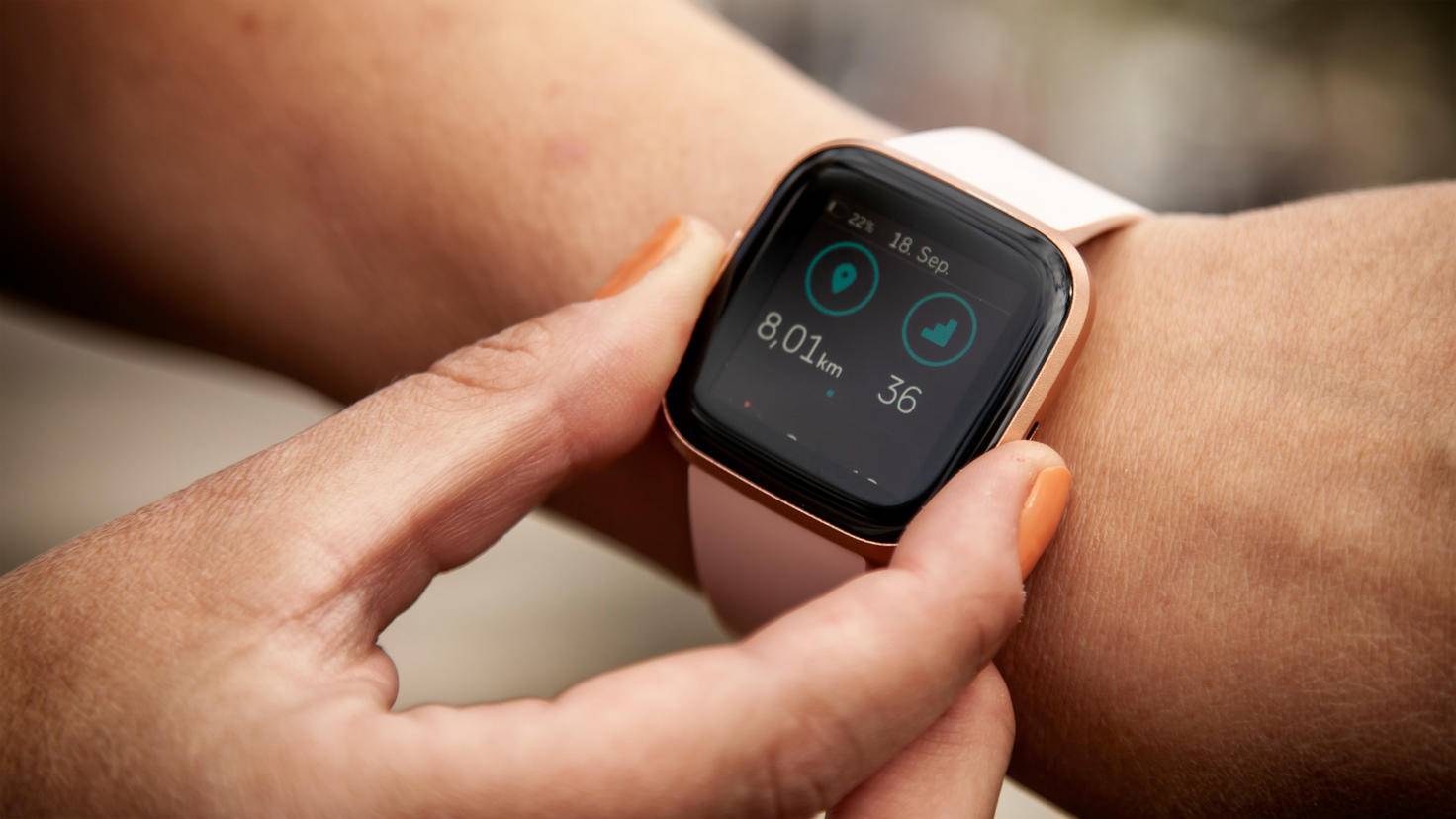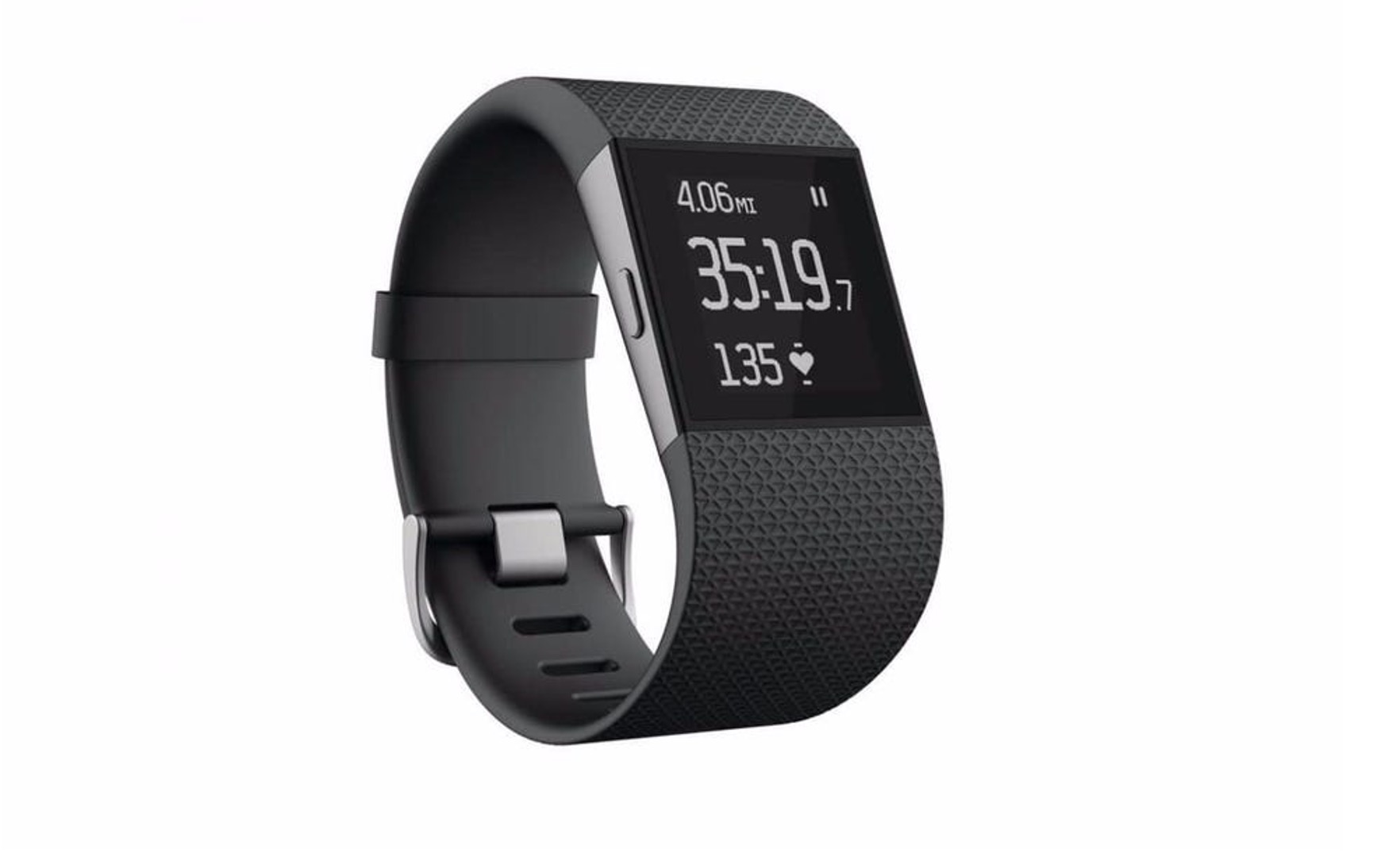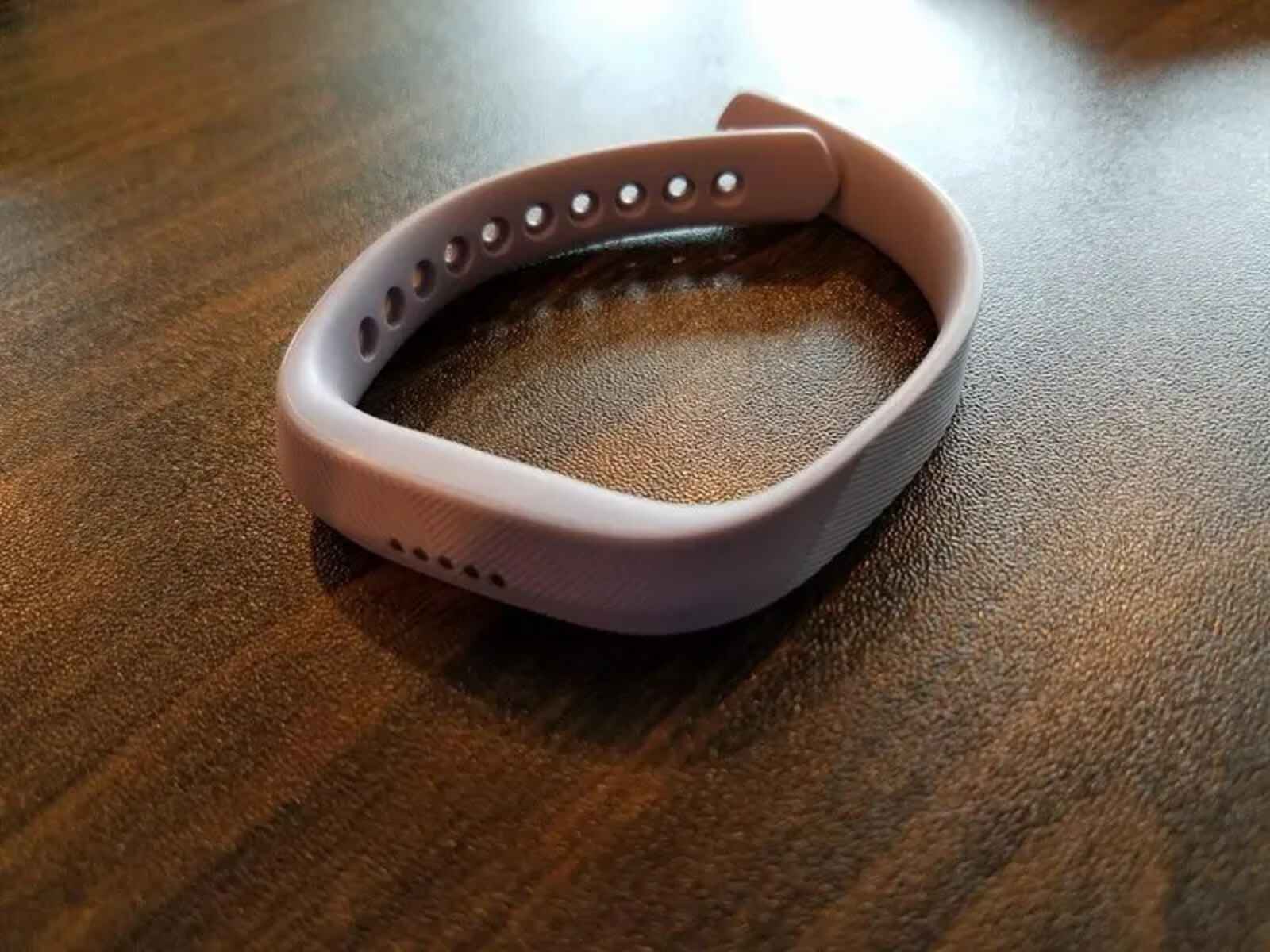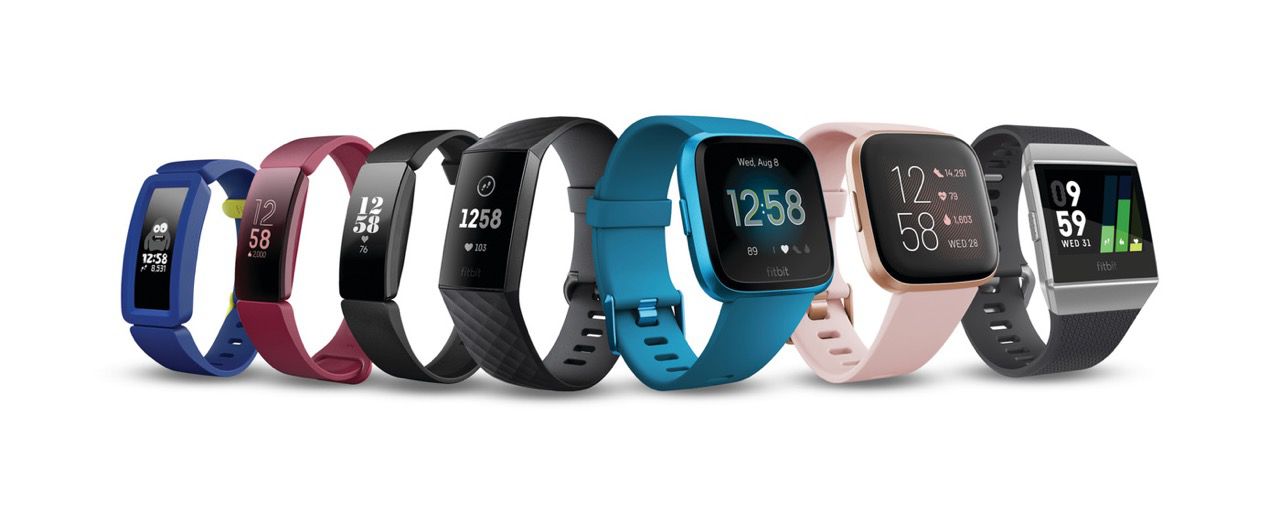Introduction
In recent years, wearable technology has transcended its initial role as a mere fitness accessory, expanding into the realm of reproductive health with the introduction of fertility tracking features. Fitbit, a prominent player in the wearable tech industry, has stepped into this arena with its own fertility tracking capabilities. As the demand for non-invasive fertility monitoring solutions continues to rise, the accuracy and reliability of such features have become a topic of great interest and scrutiny.
Fertility tracking holds immense significance for individuals and couples seeking to conceive, offering insights into ovulation cycles, menstrual patterns, and overall reproductive health. Traditional methods of fertility tracking often involve meticulous record-keeping and observation of physical symptoms, which can be both time-consuming and prone to human error. The integration of fertility tracking features into wearable devices like Fitbit presents a promising alternative, leveraging advanced technology to streamline the process and provide users with valuable data for informed decision-making.
Amidst the growing market of fertility tracking solutions, Fitbit's foray into this domain has sparked curiosity and raised pertinent questions regarding the accuracy and effectiveness of its fertility tracking features. As wearables continue to evolve beyond basic activity monitoring, the intersection of technology and reproductive health offers a compelling narrative of innovation and empowerment. In this article, we delve into the nuances of Fitbit's fertility tracker, exploring its features, accuracy, user experience, and how it stacks up against traditional fertility tracking methods. Let's embark on a journey to unravel the intricacies of fertility precision with Fitbit's fertility tracker.
Understanding Fertility Tracking
Fertility tracking encompasses the systematic monitoring and interpretation of physiological cues and patterns to discern the fertile and infertile phases of a person's menstrual cycle. This practice serves as a cornerstone for individuals and couples aiming to conceive or avoid pregnancy by identifying the most opportune or safe periods for intercourse. Traditionally, fertility tracking relied on methods such as basal body temperature charting, cervical mucus observation, and calendar-based calculations. However, the advent of wearable technology has ushered in a new era of fertility tracking, offering a seamless and technologically advanced approach to understanding reproductive health.
The menstrual cycle, a fundamental aspect of fertility tracking, typically spans 28 days, although variations are common. It comprises distinct phases, including menstruation, the follicular phase, ovulation, and the luteal phase. Ovulation, a pivotal event in the cycle, involves the release of an egg from the ovary, signifying the peak of fertility. By pinpointing this window of fertility, individuals can optimize their chances of conception. Moreover, tracking overall menstrual patterns and identifying irregularities can yield valuable insights into reproductive health, potentially flagging underlying issues that may require medical attention.
Fitbit's foray into fertility tracking leverages its array of sensors and algorithms to capture and analyze data points indicative of a person's reproductive cycle. This may encompass tracking variations in resting heart rate, changes in skin temperature, and other physiological markers to infer the fertile window and ovulation. By amalgamating these data streams, Fitbit aims to furnish users with a comprehensive overview of their fertility status, empowering them to make informed decisions pertaining to family planning and reproductive health.
The integration of fertility tracking features into wearable devices represents a paradigm shift in how individuals engage with their reproductive health. By amalgamating cutting-edge technology with the age-old practice of fertility tracking, wearables like Fitbit offer a holistic and data-driven approach to understanding one's fertility. As we navigate the landscape of fertility precision, it becomes imperative to scrutinize the efficacy and accuracy of these modern fertility tracking solutions, shedding light on their potential to revolutionize reproductive health management.
Fitbit's Fertility Tracker Features
Fitbit's foray into fertility tracking is underpinned by a suite of features designed to provide users with comprehensive insights into their reproductive health. The focal point of this functionality lies in leveraging the wealth of data captured by Fitbit devices to discern patterns indicative of the user's menstrual cycle and fertility status.
1. Menstrual Cycle Tracking:
Fitbit's fertility tracker encompasses the ability to log and monitor menstrual cycles, allowing users to record the onset and duration of menstruation. By facilitating the tracking of menstrual flow and associated symptoms, this feature enables users to gain a deeper understanding of their cycle's regularity and duration.
2. Ovulation Prediction:
One of the pivotal aspects of Fitbit's fertility tracking capabilities is its capacity to predict ovulation. By amalgamating data points such as changes in resting heart rate and skin temperature, Fitbit endeavors to identify the fertile window, aiding users in pinpointing the optimal time for conception.
3. Fertility Status Insights:
Fitbit's fertility tracking feature aims to furnish users with insights into their fertility status based on the captured data. This may include visual representations of fertility trends, highlighting peak fertile periods and variations in reproductive health parameters.
4. Integration with Fitbit App:
The fertility tracking functionality seamlessly integrates with the Fitbit app, consolidating the wealth of reproductive health data alongside other wellness metrics tracked by the device. This unified platform offers users a holistic view of their overall health and well-being, fostering an interconnected approach to managing various aspects of their wellness journey.
5. Personalized Guidance and Notifications:
Fitbit's fertility tracker endeavors to provide personalized guidance and notifications to users, offering timely reminders about fertility-related activities and insights into their reproductive health trends. This proactive approach aims to empower users with actionable information, fostering a proactive stance towards managing their fertility.
By amalgamating these features, Fitbit's fertility tracker endeavors to equip users with a comprehensive toolkit for understanding and managing their reproductive health. The integration of advanced sensors and data analytics underscores Fitbit's commitment to leveraging technology for the betterment of users' overall well-being, transcending traditional fitness tracking to encompass a holistic approach to health management. As we delve deeper into the realm of fertility precision, the efficacy and accuracy of these features stand as a testament to Fitbit's dedication to empowering users with valuable insights into their reproductive health.
Comparing Fitbit's Fertility Tracker to Traditional Methods
When evaluating Fitbit's fertility tracker in comparison to traditional methods of fertility tracking, it becomes evident that the integration of wearable technology introduces a paradigm shift in how individuals engage with their reproductive health. Traditional fertility tracking methods often rely on manual record-keeping and observation of physical symptoms, encompassing practices such as basal body temperature charting, cervical mucus examination, and calendar-based calculations. While these methods have been instrumental in aiding individuals in understanding their fertility, they are inherently reliant on subjective interpretation and meticulous data recording, which can be prone to human error and inconsistencies.
In contrast, Fitbit's fertility tracker harnesses the power of advanced sensors and data analytics to capture and analyze a myriad of physiological markers, including resting heart rate, skin temperature variations, and activity patterns. This data-driven approach offers a seamless and technologically advanced alternative to traditional methods, providing users with a comprehensive overview of their reproductive health without the need for meticulous manual tracking.
Moreover, Fitbit's fertility tracker endeavors to predict ovulation, a pivotal event in the menstrual cycle that denotes peak fertility. By amalgamating data points indicative of the fertile window, such as changes in resting heart rate and skin temperature, Fitbit aims to offer users precise insights into their ovulatory cycle, empowering them to optimize their chances of conception. This predictive capability stands in stark contrast to traditional methods, which often necessitate consistent and accurate tracking of basal body temperature and cervical mucus changes to infer ovulation.
Furthermore, the integration of Fitbit's fertility tracking features with its comprehensive wellness ecosystem, including the Fitbit app, fosters a cohesive approach to managing various aspects of an individual's health. This interconnected platform consolidates fertility-related data with other wellness metrics tracked by the device, offering users a holistic view of their overall well-being and reproductive health.
In essence, the comparison between Fitbit's fertility tracker and traditional methods underscores the transformative potential of wearable technology in revolutionizing fertility tracking. By mitigating the inherent limitations of manual tracking and offering a data-driven, predictive approach to understanding reproductive health, Fitbit's fertility tracker stands as a testament to the convergence of innovation and empowerment in the realm of fertility precision.
Accuracy of Fitbit's Fertility Tracker
The accuracy of Fitbit's fertility tracker is a pivotal aspect that underpins its efficacy in aiding users with reproductive health management. Fitbit harnesses a multifaceted approach to fertility tracking, amalgamating data from various sensors and algorithms to discern patterns indicative of the user's menstrual cycle and fertility status. One of the key metrics utilized in this process is the resting heart rate, which undergoes subtle variations throughout the menstrual cycle. These fluctuations are scrutinized to infer the fertile window and ovulation, thereby offering users insights into their peak fertility periods.
Additionally, Fitbit's fertility tracker leverages skin temperature variations as a crucial parameter for fertility prediction. By capturing and analyzing these subtle changes, the device aims to provide users with a comprehensive overview of their reproductive health, aiding in the identification of ovulation and the fertile window. This data-driven approach stands as a testament to Fitbit's commitment to precision and accuracy in fertility tracking, offering users a non-invasive and technologically advanced alternative to traditional methods.
The efficacy of Fitbit's fertility tracker in predicting ovulation and discerning fertile periods has garnered attention and scrutiny. Studies evaluating the accuracy of wearable devices in fertility tracking have showcased promising results, indicating that these devices, including Fitbit, demonstrate a high degree of concordance with established fertility tracking methods. The ability of Fitbit's fertility tracker to predict ovulation aligns with the observed physiological changes characteristic of this pivotal event in the menstrual cycle, bolstering its credibility as a reliable fertility monitoring tool.
Furthermore, user feedback and real-world experiences shed light on the accuracy and reliability of Fitbit's fertility tracker. Anecdotal evidence and testimonials from users underscore the device's ability to offer precise insights into ovulation and fertility status, empowering individuals with valuable information for family planning and reproductive health management.
In essence, the accuracy of Fitbit's fertility tracker emerges as a cornerstone of its value proposition, positioning it as a credible and reliable tool for individuals navigating the intricacies of fertility tracking. By harnessing advanced sensors, data analytics, and a user-centric approach, Fitbit endeavors to offer users a comprehensive and accurate fertility tracking experience, transcending traditional methods and ushering in a new era of precision and empowerment in reproductive health management.
User Experience and Reviews
User experience plays a pivotal role in shaping the perception and efficacy of any technological innovation, and Fitbit's fertility tracker is no exception. As individuals engage with this feature, their real-world experiences and feedback offer valuable insights into the practicality, usability, and impact of Fitbit's fertility tracking capabilities.
The user experience with Fitbit's fertility tracker encompasses a spectrum of perspectives, reflecting the diverse needs and expectations of individuals leveraging this functionality. Real-world reviews and testimonials shed light on the seamless integration of fertility tracking within the broader Fitbit ecosystem, offering users a cohesive and interconnected platform for managing their reproductive health alongside other wellness metrics.
User reviews often underscore the intuitive nature of Fitbit's fertility tracking interface, emphasizing the ease of logging menstrual cycles, accessing fertility insights, and receiving personalized notifications. This user-centric approach fosters a sense of empowerment, allowing individuals to proactively engage with their reproductive health without cumbersome manual tracking.
Furthermore, user experiences often highlight the predictive accuracy of Fitbit's fertility tracker, with individuals expressing confidence in the device's ability to discern ovulation and fertile periods. This sense of reliability and precision underscores the value of Fitbit's fertility tracking feature, positioning it as a trusted companion in the journey of family planning and reproductive health management.
Anecdotal evidence from users also illuminates the role of Fitbit's fertility tracker in fostering informed decision-making. By offering comprehensive insights into menstrual cycles, ovulation, and fertility trends, the device empowers individuals with the knowledge to optimize their chances of conception or gain a deeper understanding of their reproductive health.
It is important to note that user experiences and reviews also encompass constructive feedback and areas for potential improvement. As individuals engage with Fitbit's fertility tracker, their suggestions and observations contribute to the iterative enhancement of this feature, ensuring that it continues to meet the evolving needs of users in the realm of reproductive health management.
In essence, user experiences and reviews serve as a testament to the tangible impact of Fitbit's fertility tracker, highlighting its role in revolutionizing the way individuals engage with their reproductive health. As real-world narratives converge, they weave a compelling tapestry of empowerment, precision, and user-centric design, underscoring the transformative potential of wearable technology in the domain of fertility tracking.
Conclusion
In the ever-evolving landscape of reproductive health management, Fitbit's foray into fertility tracking stands as a beacon of innovation and empowerment. The integration of advanced sensors, data analytics, and user-centric design has culminated in a fertility tracking feature that transcends traditional methods, offering a seamless and data-driven approach to understanding one's reproductive health.
Fitbit's fertility tracker, bolstered by its ability to predict ovulation and discern fertile periods, has emerged as a credible and reliable tool for individuals navigating the intricacies of family planning and reproductive health management. The amalgamation of physiological markers such as resting heart rate and skin temperature variations has facilitated the provision of precise insights into menstrual cycles and fertility status, empowering users with valuable information for informed decision-making.
Furthermore, the user experience and real-world reviews underscore the transformative impact of Fitbit's fertility tracker, illuminating its role in fostering proactive engagement with reproductive health and offering a cohesive platform for managing various aspects of wellness. The intuitive interface, personalized guidance, and predictive accuracy of the fertility tracking feature have resonated with users, positioning it as a trusted companion in their journey towards conception and reproductive well-being.
As wearables continue to redefine the boundaries of health management, Fitbit's commitment to precision and user empowerment in the realm of fertility tracking sets a compelling precedent for the intersection of technology and reproductive health. The convergence of innovation, accuracy, and user-centric design encapsulates the ethos of Fitbit's fertility tracker, marking a paradigm shift in how individuals engage with their reproductive health.
In essence, Fitbit's foray into fertility tracking epitomizes the transformative potential of wearable technology, offering a holistic and non-invasive approach to understanding fertility while fostering a proactive stance towards reproductive health management. As the narrative of fertility precision unfolds, Fitbit's fertility tracker stands as a testament to the seamless fusion of technology and empowerment, paving the way for individuals to navigate the complexities of family planning and reproductive wellness with confidence and precision.




















